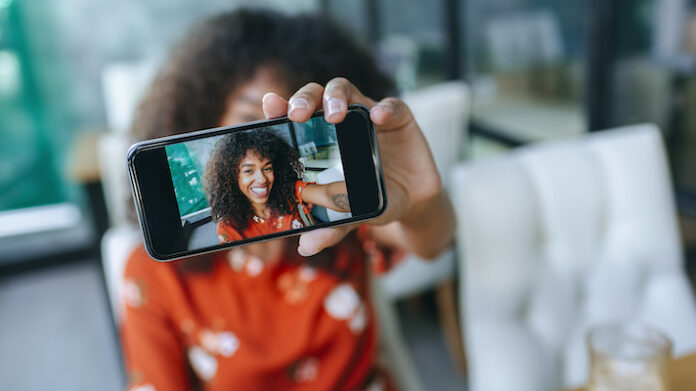New research published in Circulation: Cardiovascular Imaging found that a smartphone-based blood pressure measurement that employs transdermal optical imaging technology was able to predict systolic and diastolic blood pressure with high accuracy.
Researchers discovered that the models were able to predict systolic blood pressure with an accuracy of 94.81%, and diastolic blood pressure with an accuracy of 95.7%.
The study demonstrated that the technology is able to predict the blood pressure within the “clinically accepted accuracy threshold of 5 ± 8 mm Hg when tested on a full range of blood pressures,” the researchers wrote in the reads.
The technology used in the study combined transdermal optical imaging (TOI), a type of technology developed to that employs machine learning and is able to image blood flow patterns from videos of the face, with smartphone cameras.
A total of 1,328 adults with normal pressure were enrolled. Researchers used 70% of the data set to train the models, and 15% to test them. The study noted that the last 15% was used to validate model performance. Researchers noted that the study was done in a well-controlled environment with fixed lighting, which the researchers noted a key limitation to their work.
High blood pressure is both common and potentially dangerous condition. According to the CDC, high blood pressure was a primary or contributing cause of 360,000 death in the US during 2013.
“High blood pressure is a major contributor to cardiovascular disease — a leading cause of death and disability. To manage and prevent it, regular monitoring of one’s blood pressure is essential,” Kang Lee, the study’s lead author and a professor and research chair in developmental neuroscience at the University of Toronto in Canada, said in a statement. “Cuff-based blood pressure measuring devices, while highly accurate, are inconvenient and uncomfortable. Users tend not to follow American Heart Association guidelines and device manufacturers’ suggestion to take multiple measurements each time.”
This isn’t the only technology being developed to tackle this problem. Swiss startup aktiia launched a continuous blood pressure monitoring bracelet last year. Additionally, last year Microsoft filed a patent for an eyeglass monitor capable of tracking blood pressure.
This article focuses on the future of blood pressure monitoring. Although the research on its effectiveness and accuracy is still being conducted, it is a step into a new direction of monitoring. For decades, the method of measuring blood pressure has stayed essentially the same. Further, there is still a large inconsistency and inaccuracy coming from these arm cuff monitors, especially when used at home. While technologies advance for other vital tracking devices, there is not nearly as much advancement in blood pressure monitoring. As machine learning advances, there is hope for a new way to measure blood pressure.
Additionally, this method of tracking blood pressure is very user-friendly unlike the cuff-based monitors. The simplicity of taking a video of yourself is much more appealing to users. The appeal for users is especially important to take into consideration because there is currently a lack of knowledge and a sense of apathy towards the seriousness of hypertension.




